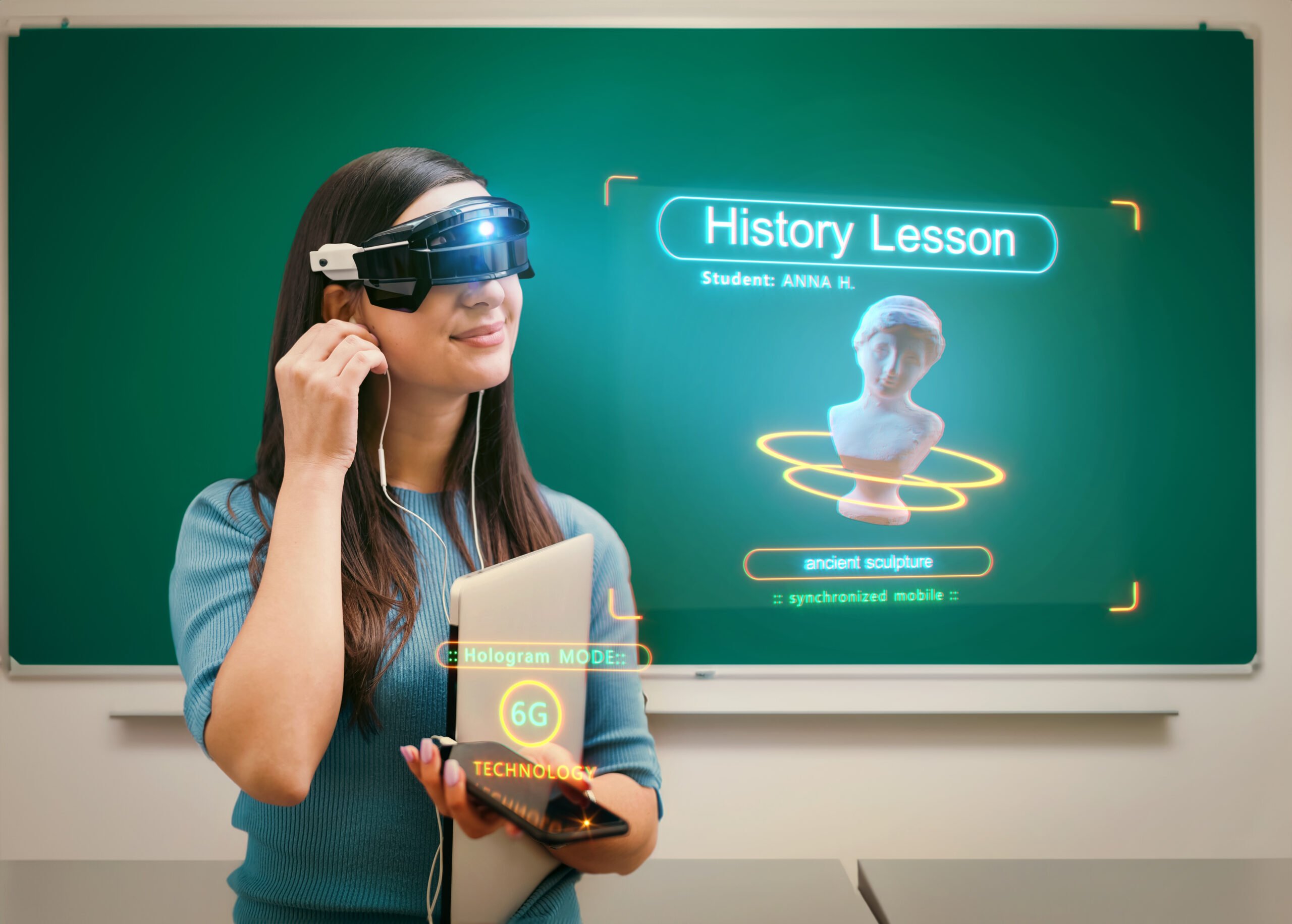
Visual Engagement and Retention:
- Video-based learning capitalizes on the power of visual content, promoting higher engagement levels and better retention of information compared to traditional text-based learning. The combination of visuals, audio, and motion enhances the overall learning experience.
Flexible Learning Anytime, anywhere:
- Video-based learning offers flexibility, allowing learners to access content at their own pace and from any location with an internet connection. This adaptability is particularly beneficial for remote or on-the-go learners.
Demonstration of Complex Concepts:
- Videos excel at illustrating complex concepts or procedures. Whether through animations, simulations, or real-world demonstrations, video-based learning provides a clear and concise way to convey intricate information.
Microlearning Opportunities:
- Breaking down content into bite-sized, focused videos supports the microlearning approach. Learners can easily consume short video segments, promoting better information retention and accommodating busy schedules.
Enhanced Accessibility:
- Video content can cater to various learning styles and abilities, making learning more accessible for diverse audiences. Closed captions, transcripts, and visual aids can be incorporated to support learners with different needs.
Interactive Video Elements:
- Adding interactive elements to videos, such as quizzes, clickable links, or branching scenarios, transforms passive viewing into an engaging and participatory learning experience. Learners can actively interact with the content, reinforcing their understanding.
Collaborative Learning Opportunities:
- Video-based learning can be utilized to facilitate collaborative projects and discussions. Platforms with features like video commenting or group discussions provide avenues for learners to share insights and learn from one another.
Analytics for Continuous Improvement:
- Video platforms often offer analytics tools that allow educators to track learner engagement, completion rates, and areas of interest. This data-driven approach helps in refining and optimizing video content for better learning outcomes.
Cost-Effective Training Solutions:
- Compared to traditional in-person training methods, video-based learning can be a cost-effective solution. It eliminates the need for travel expenses, printed materials, and venue rentals, making it an attractive option for organizations seeking efficient training methods.
Immersive Learning Experiences:
- Virtual Reality (VR) and Augmented Reality (AR) can be integrated into video-based learning to create immersive experiences. This innovative approach allows learners to explore realistic scenarios, enhancing their understanding and application of knowledge.
- In the evolving landscape of education and training, video-based learning stands out as a versatile and effective tool, offering a dynamic and engaging means to deliver educational content.
